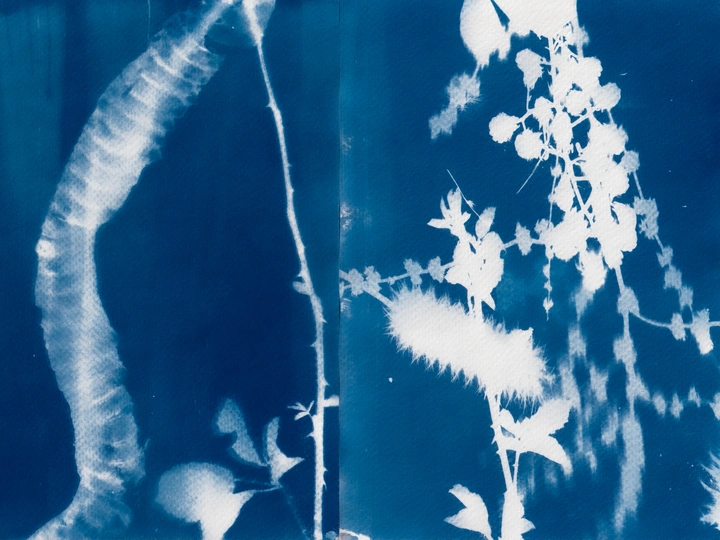Cloud Factories

Livio Liechti
Papertrail is a publishing duo composed of Apsara Flury, a graphic designer, and Livio Liechti, a writer and researcher. Our practice seeks to provoke critical thinking about the ways in which obfuscated layers of infrastructural power shape spatial dynamics and visual culture in the contemporary public sphere.
We map and document mundane visual artefacts and narrative fragments as means to critique and unpack the everydayness of infrastructural power. Risograph printing, and its embodied mechanical friction, inherent limitations and embrace of imperfection, serves as our primary means of production to publish pamphlets, zines, posters and other printed matter. We experiment with place-based circulation methods as prefigurative alternatives to hegemonic digital platforms, such as repurposing street libraries as knowledge hubs to provoke infrastructural thinking through printed matter.
Apsara Flury is a graphic designer with a background in editorial and spatial design. Through her design practice, Apsara attracts attention to people, projects and organisations across varying scales, media and fields, including architecture, arts and culture. Her work has received awards and critical acclaim from institutions like the Tokyo Type Directors Club, INTL International and D&AD. Aside from her independent practice, Apsara works part-time as a graphic designer at MVRDV.
Livio Liechti is a writer and researcher with a professional background in human rights and digital rights. A political scientist by training, Livio‘s core expertise lies in researching and responding to the political economy and infrastructural dimension of digital technology and its intersection with civic space and activism. Aside from his publishing activities, Livio currently works for Hivos as a programme developer at the intersection of digital rights, freedom of expression and climate justice.
The ‘Cloud’ is one of the most powerful infrastructural imaginaries of our time. Tech companies and their supporters rely on the image of a weightless, floating cloud to obfuscate the physicality of the internet, which relies on highly extractive real-world structures like data centres to bring to life the illusion of an immaterial digital realm.
With the AI boom in full swing, new hyperscale data centre projects are popping up like mushrooms all across Europe. Our ongoing research aims to visualise the spatial and socio-environmental implications of the rapidly expanding data centre sector for peripheral landscapes in Europe. The interlinked fate of two territories in Flevoland in the Netherlands and in Castilla-La Mancha in Spain – both selected by Meta to host (future) hyperscale data centres – serves as our main case study.
Grounded in situated, interdisciplinary research and working in collaboration with activists and critical scholars, the project enters into a dialogue with these landscapes and their users to uncover the multilayered histories, presents and futures inscribed to designated locations of the ‘Cloud’. These visual and narrative fragments are then used as the basis for an experimental print publication. In juxtaposition to the sanitised nature of the digital ‘Cloud’, the publication comes to life primarily through ‘low-tech’ printing methods, including cyanotype, screenprinting with self-made natural inks and Risograph printing.
Temporally situated before the ‘Cloud’ touches the ground, when the land is still ‘empty’, we ask: What is being destroyed when peripheral territories are transformed into the highly extractive spatial structures that underpin our contemporary digital culture and ways of working? How is our positionality as spatial practitioners, designers and knowledge workers enmeshed with the unfettered expansion of these infrastructures? And how can we prefigure non-extractive ways of communicating and sharing knowledge?